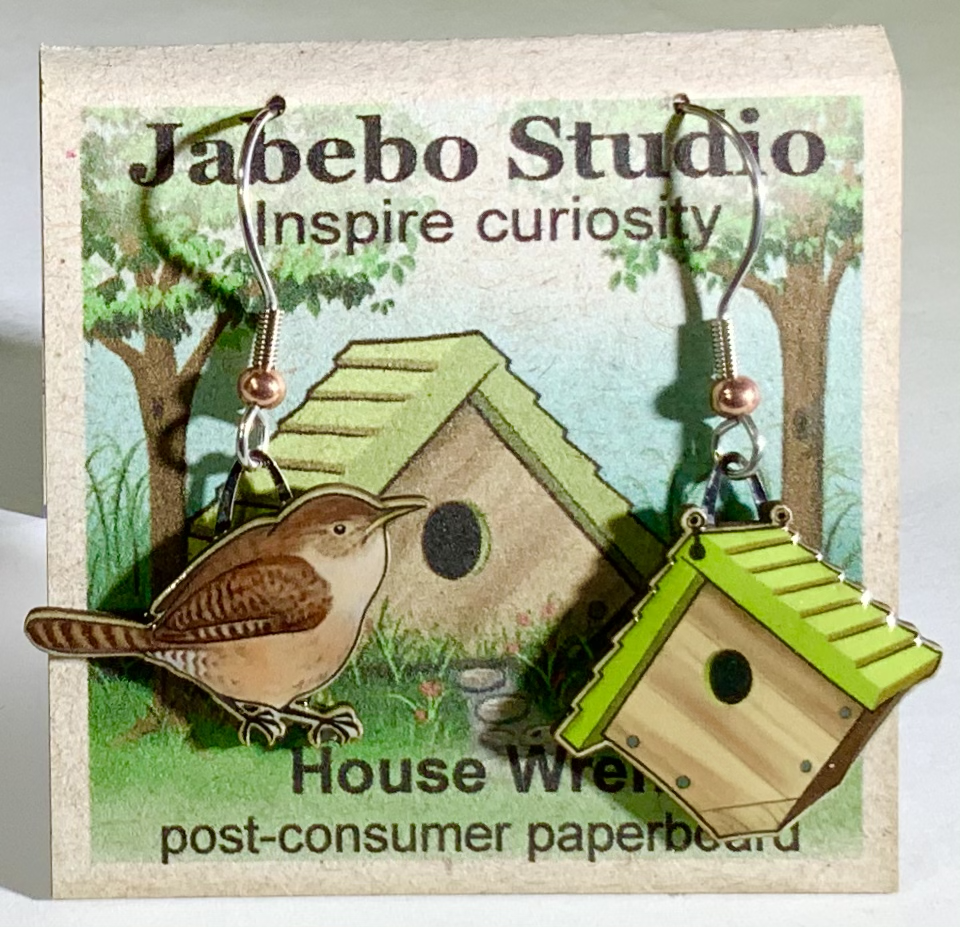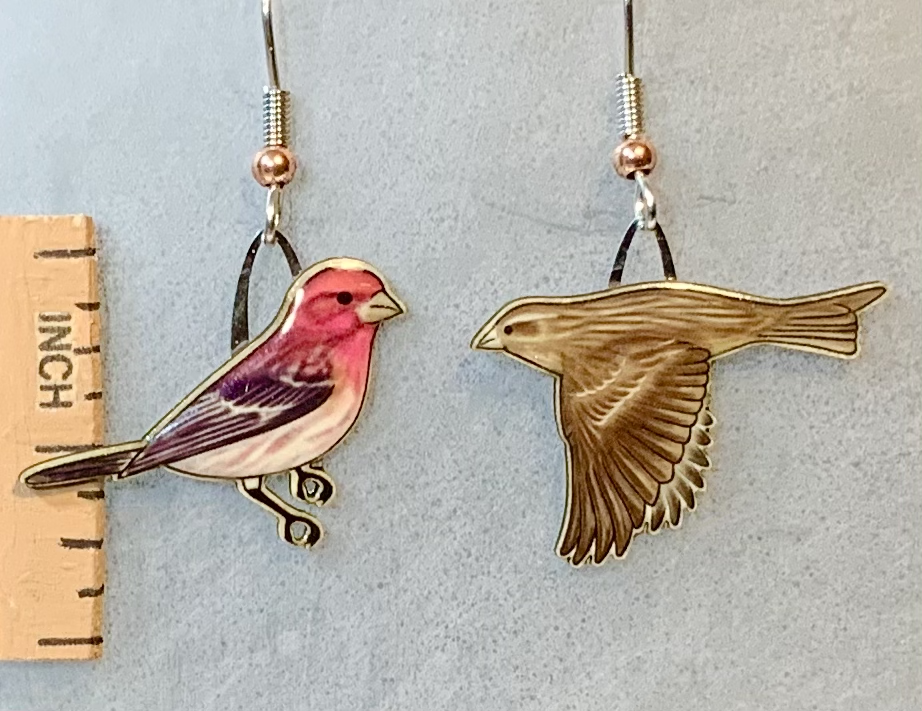
Wide ranging but not common in towns and urban settings like their cousins, the House Finch. They prefer habitat with conifer trees rather than towns and cities. Male Purple Finches have a similar bright coloration to male House Finches, but distinctly more purplish, like “raspberry jam.”
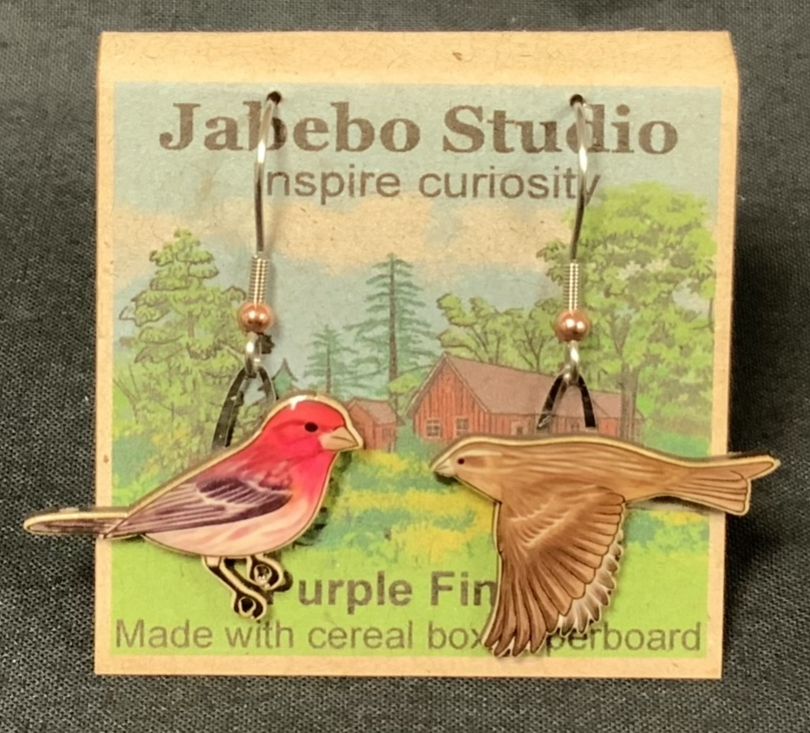
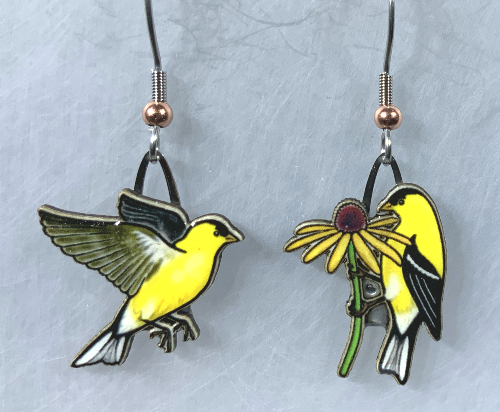
Seen throughout North America and a year round resident in the middle tier of the continent. They are a common backyard visitor. They love open fields with thistle and asters.

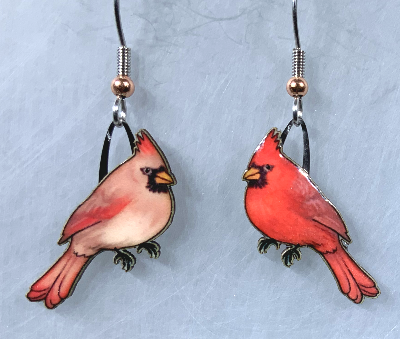
Cardinals live year round everywhere from southern edges of Canada to Florida and west to the Great Plains and Texas. The Mexican population has a finger that extends up into Arizona. They are another favorite backyard bird.
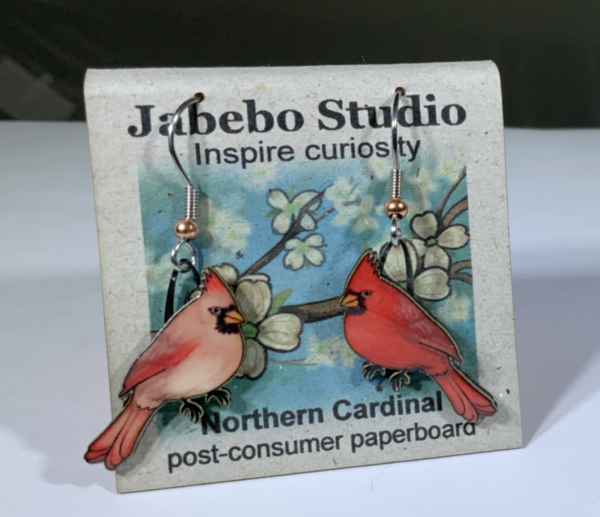
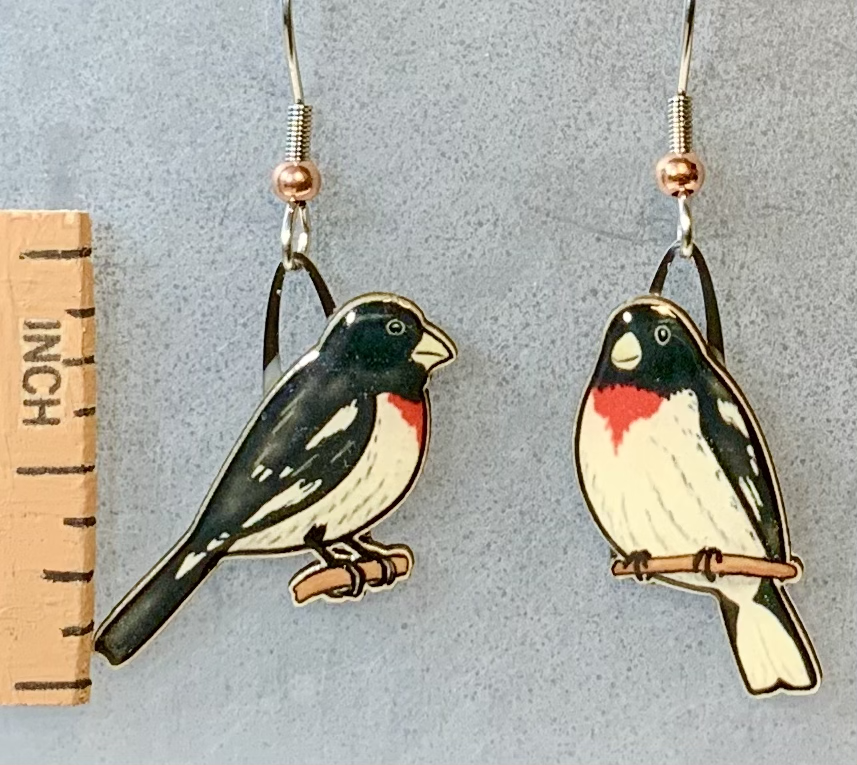
Breeds in either deciduous and or conifer forests of the middle tier of the eastern US and up into Canada. Migrations take them through in the South.
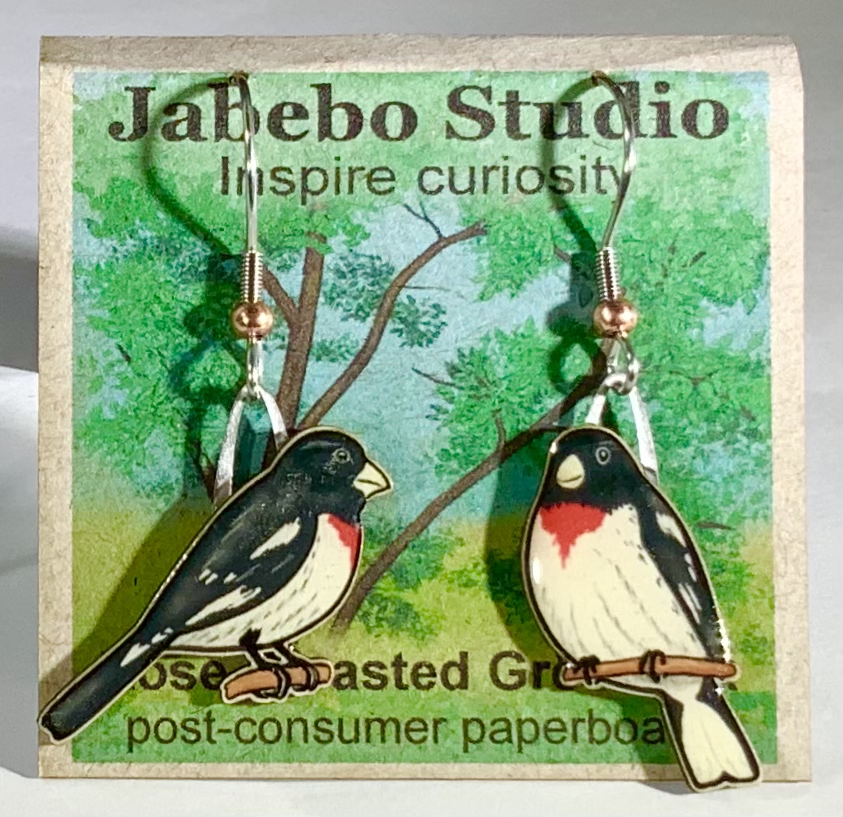
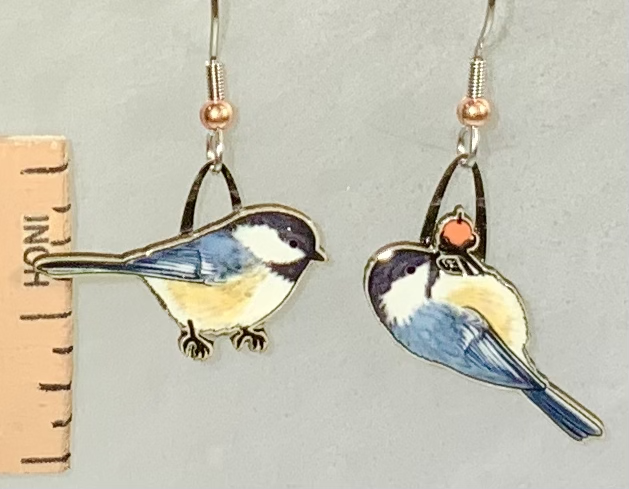
A year-round resident all across the northern United States and Canada. Very similar to the Carolina Chickadee with minor difference in color patterns which we tried to exaggerate slightly in our designs. The two species have distinct ranges with little overlap, with the Black-capped associated more with northern states and the mountainous region of Appalachia. In the west, where they share ranges with other chickadees, the Black-capped possibly shows a stronger preferences for deciduous habitats and lower elevations.
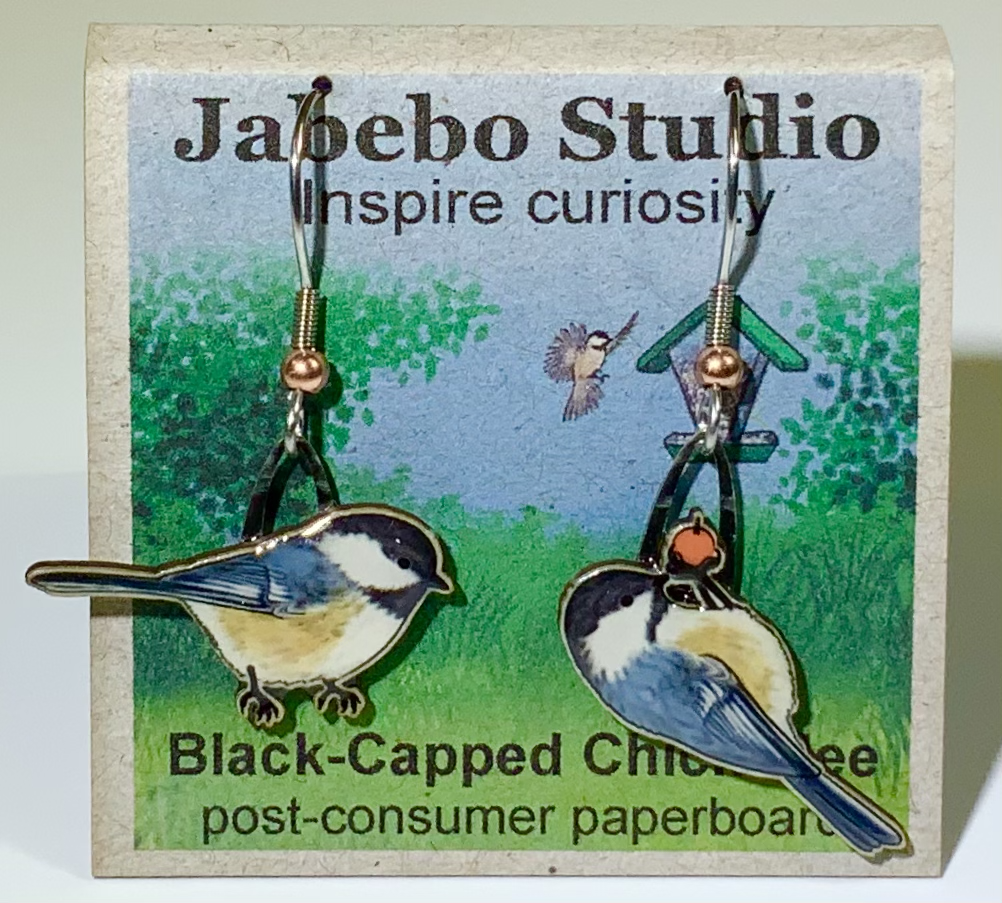
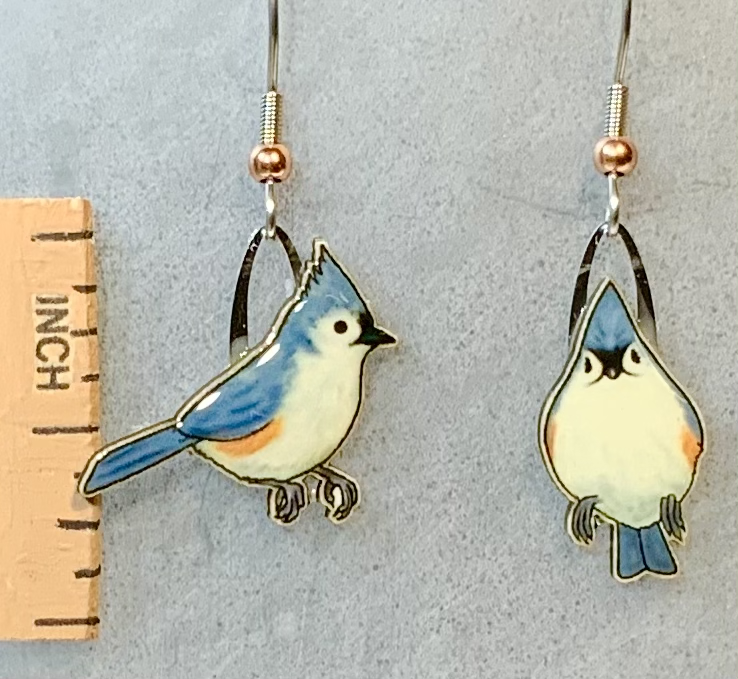
A common songbird native to deciduous forest in the Eastern United States as well as southern Canada and Eastern Mexico.
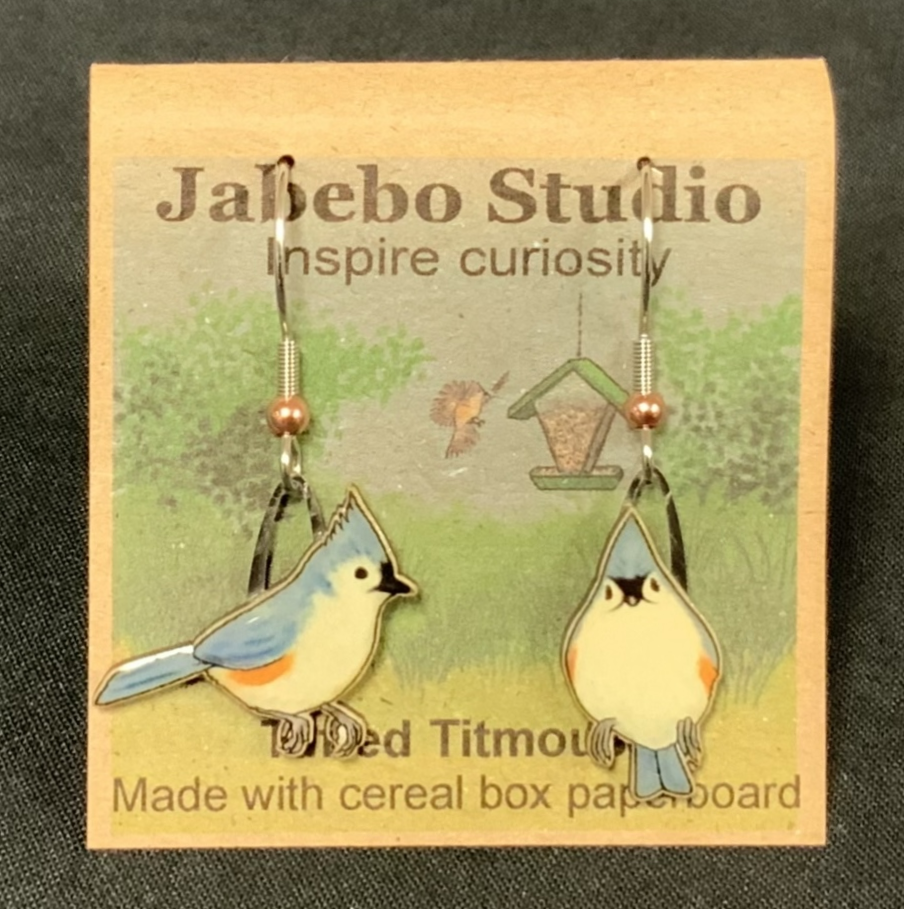
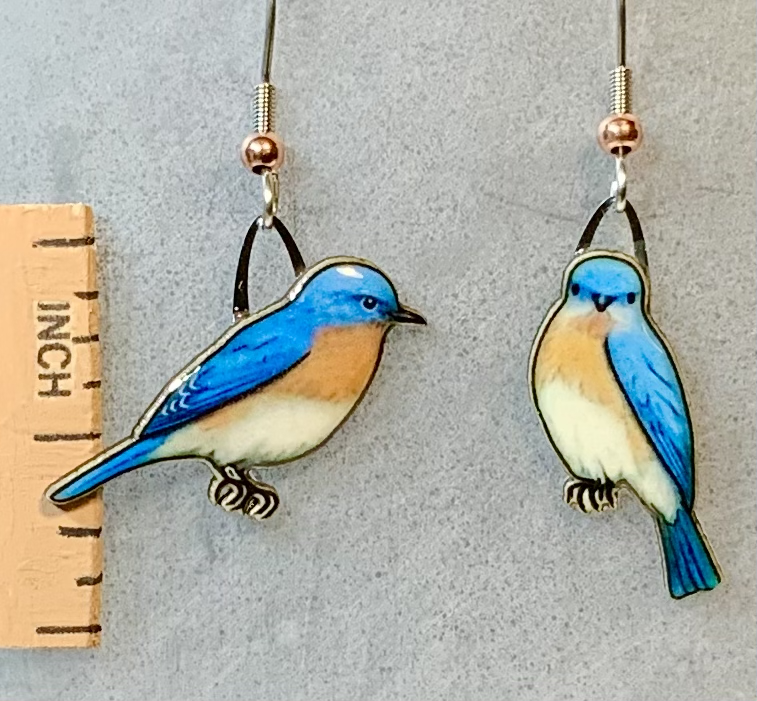
Live and breed everywhere from Southern Canada to deep South and west into the prairie regions and Texas. They are year round residents in the southern region. Bluebirds love open fields but require trees for cavities to nest in. Nesting boxes have greatly enhanced their breeding habitat. Being such a favorite they are enticed into visiting backyards with mealworms.
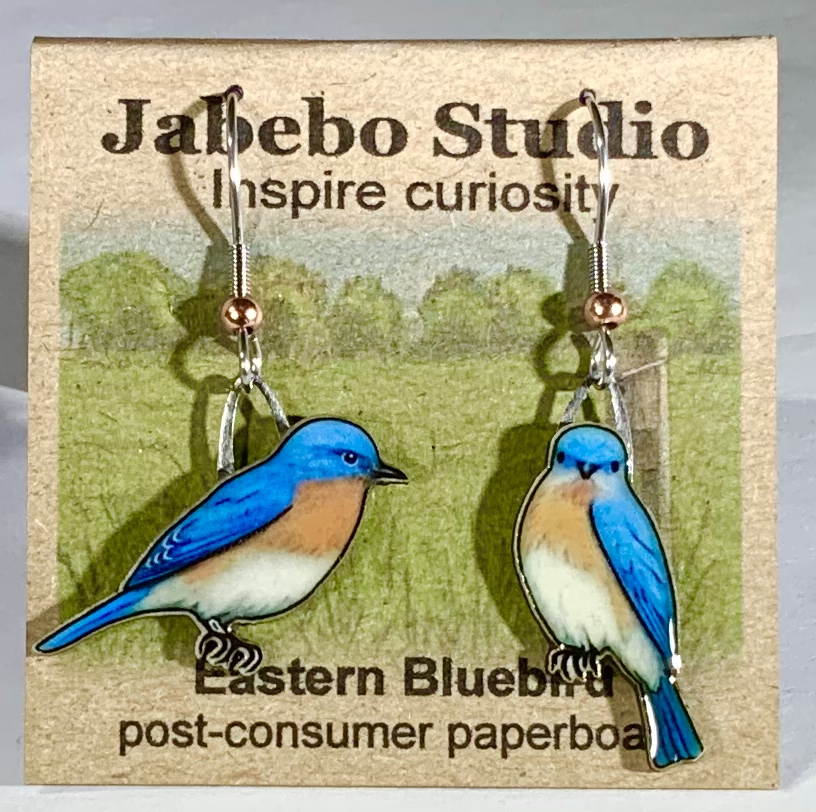
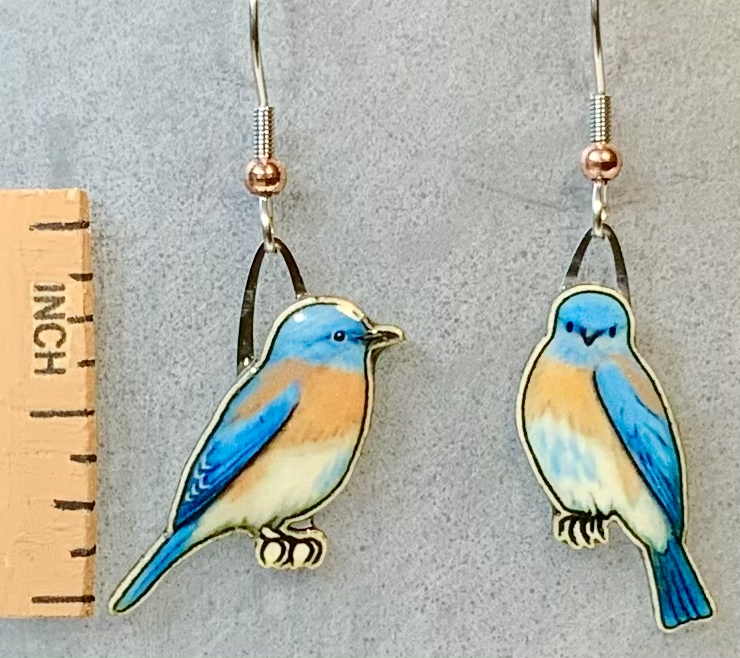
Similar in habits but distinct from the Eastern Bluebird. They likely found from Colorado’s front range westward into Arizona with another population along the California coastal region up into parts of Oregon.

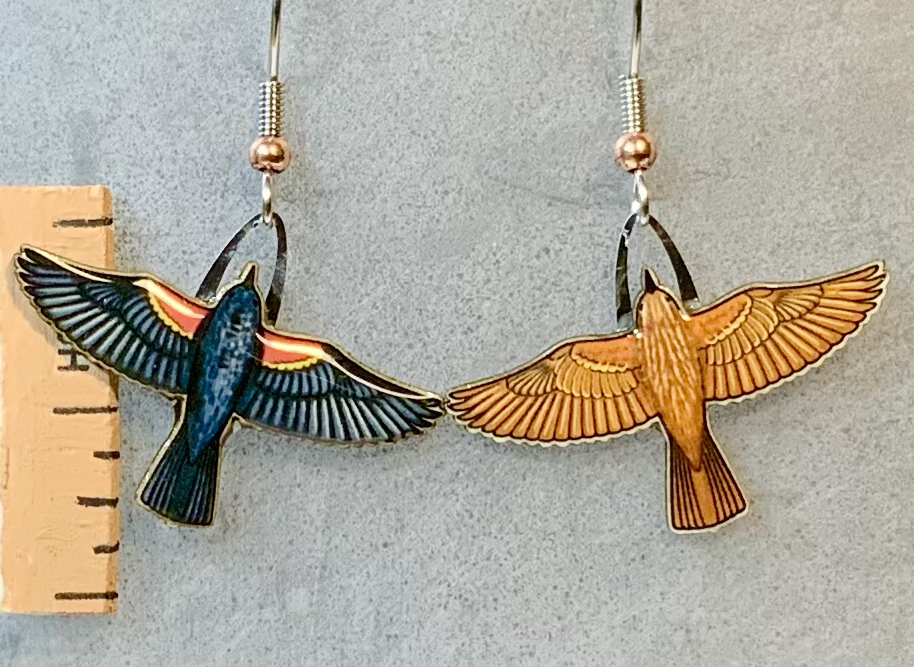
Very common year round throughout almost all of the US and summering far north through much of Canada. A very abundant bird likely seen in open areas from marshes and meadows to pastures and farmland.
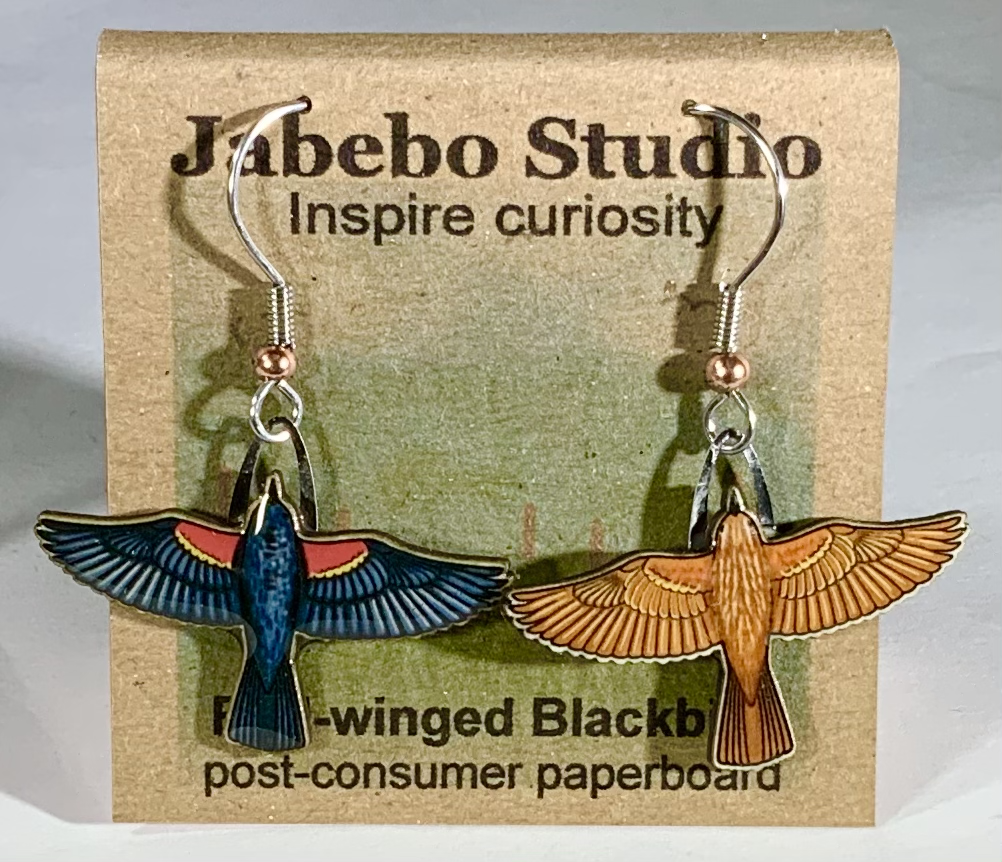
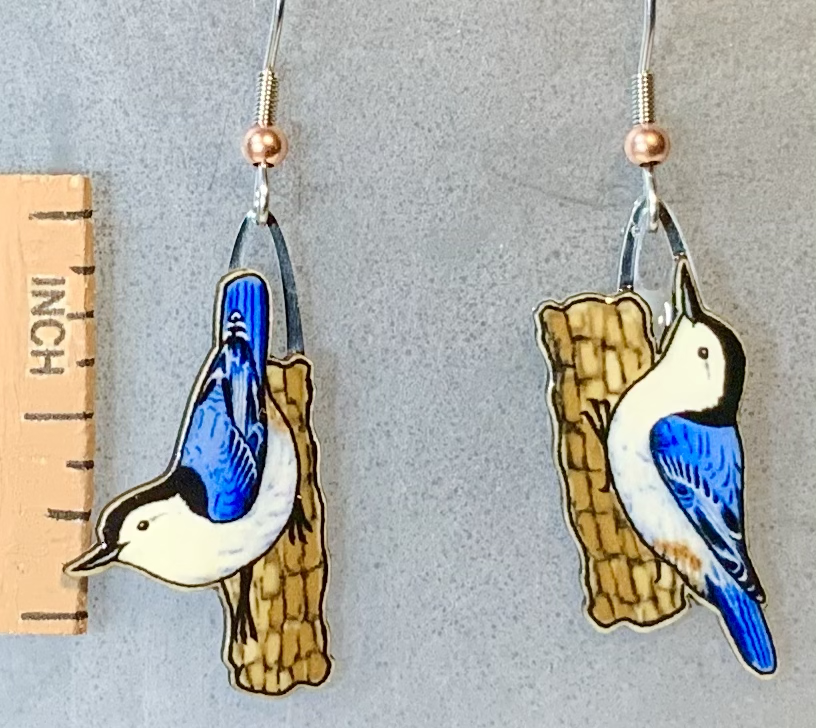
A common year round resident throughout much of North America. They like mature deciduous trees where they glean the trunks and branches for insects. They also frequent feeders and are a backyard favorite.
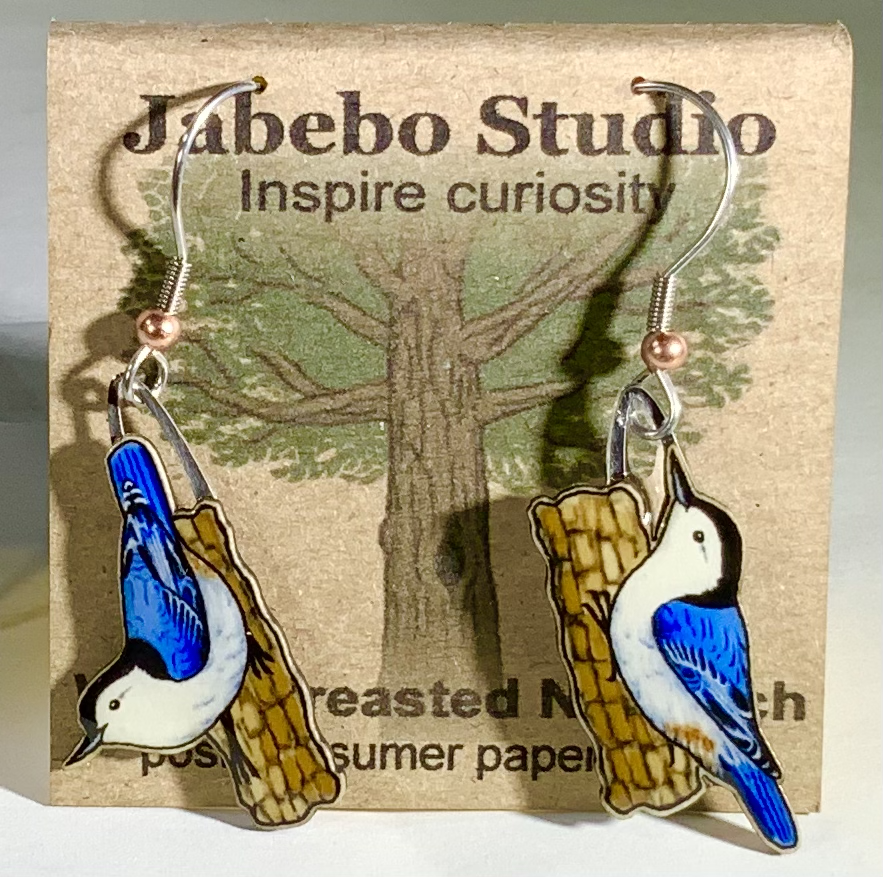
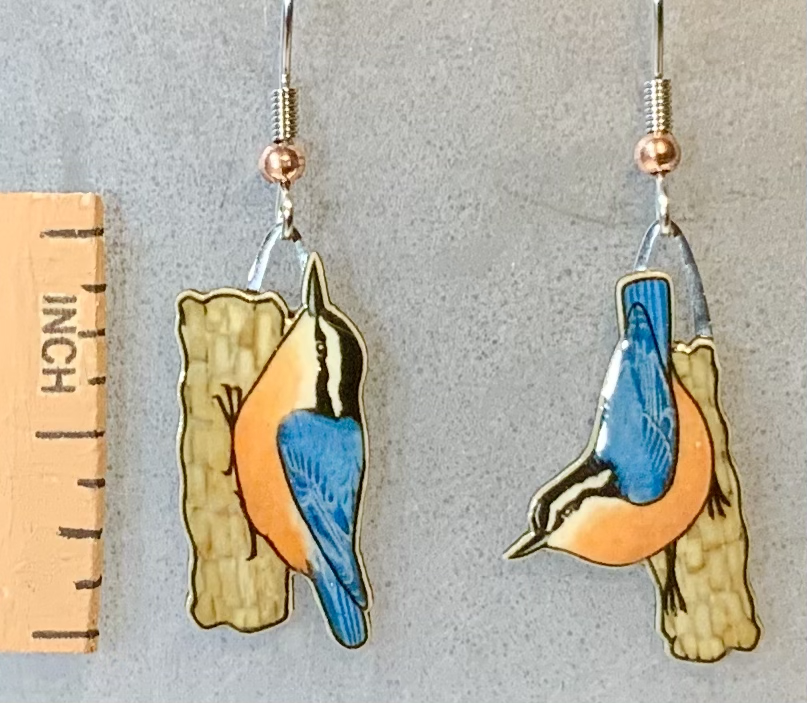
This nuthatch prefers conifer forests which restricts its breeding range to Canada and mountainous regions to the south. That includes mountains of the northeast US and Appalachia as well as the many ranges of the west. They may stay year round in these habitat but spread out and winter throughout the rest of North America as well.

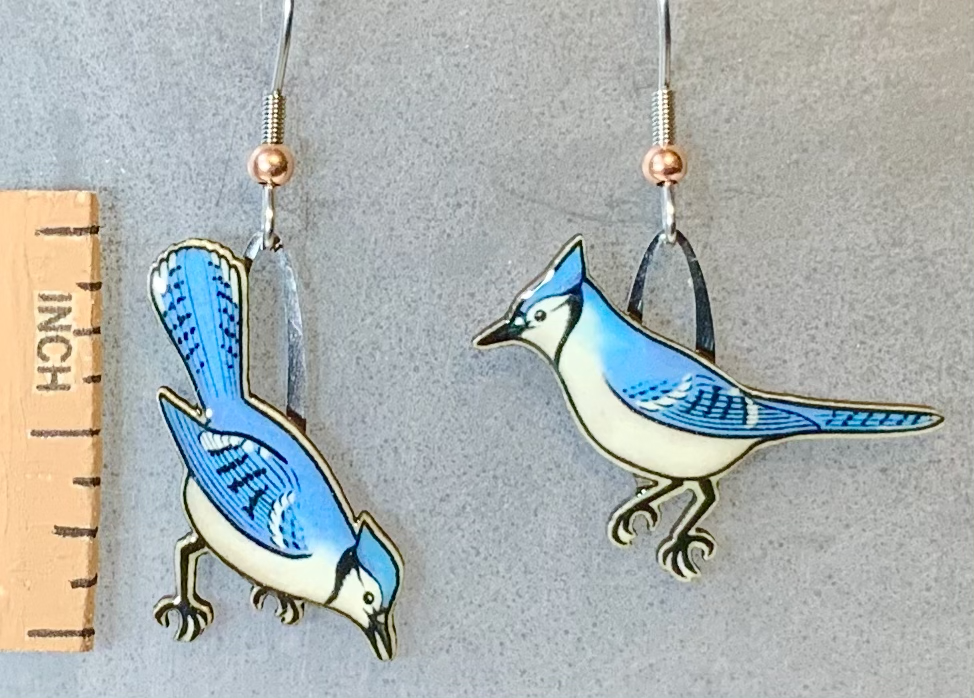
Blue Jays live year round through most all North America from the Rocky’s eastward. Ecologically they like edges where the forest meets open areas which makes towns and parks very suitable habitat.

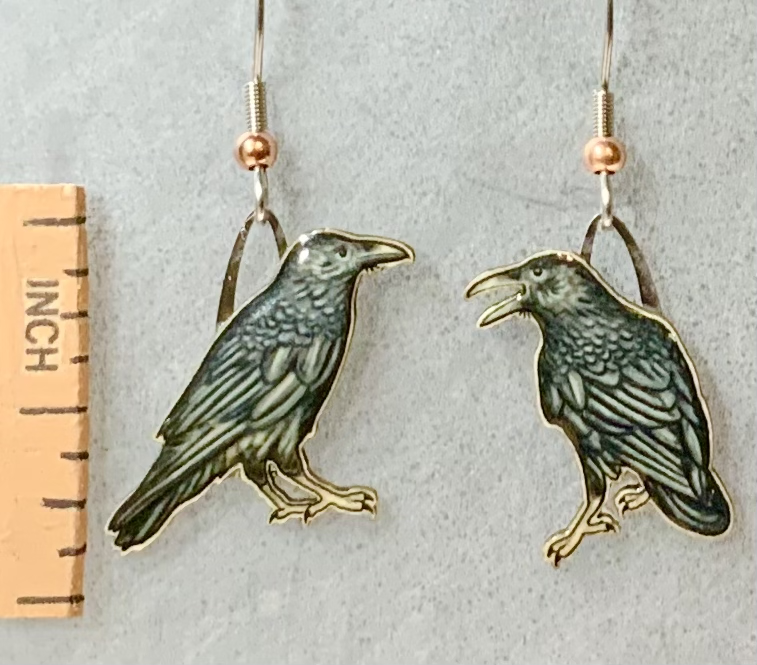
Raven are primary west in the desert and mountainous areas and to the far north of Canada. To the east they live from Pennsylvania down through much of the Appalachian range and through all their range they are year round residents. They are a wilderness animal but do well around people and take advantage of human habitat.
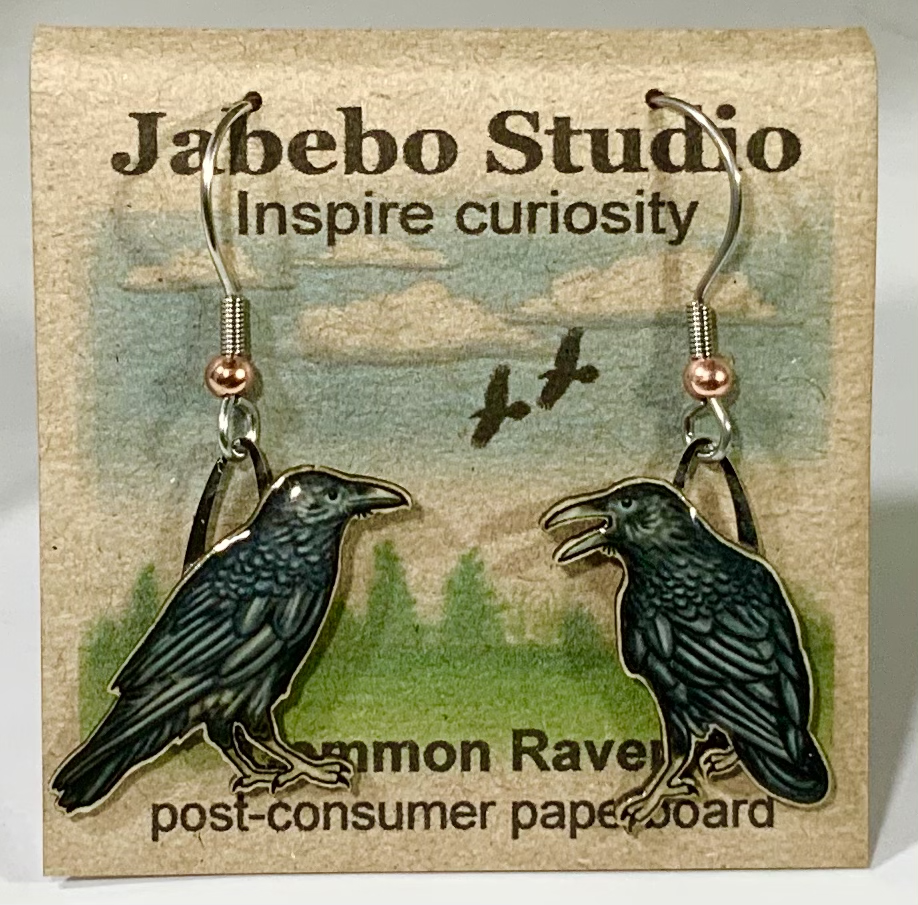
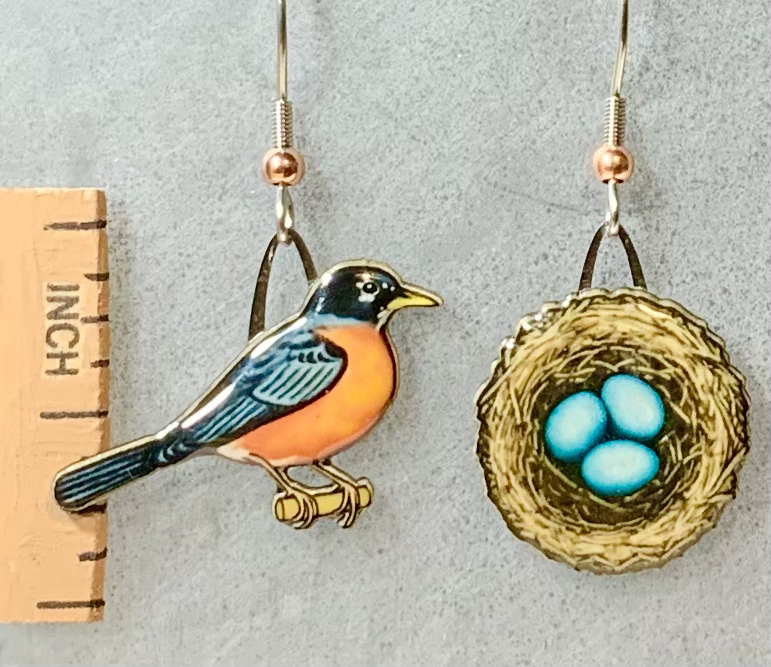
Found living year round in most all the US and with a summer range far north into Canada and Alaska as well. Familiar in parks and backyards everywhere but also common in remote areas as well. Their population does shift seasonally and they congregate in large numbers in the south.

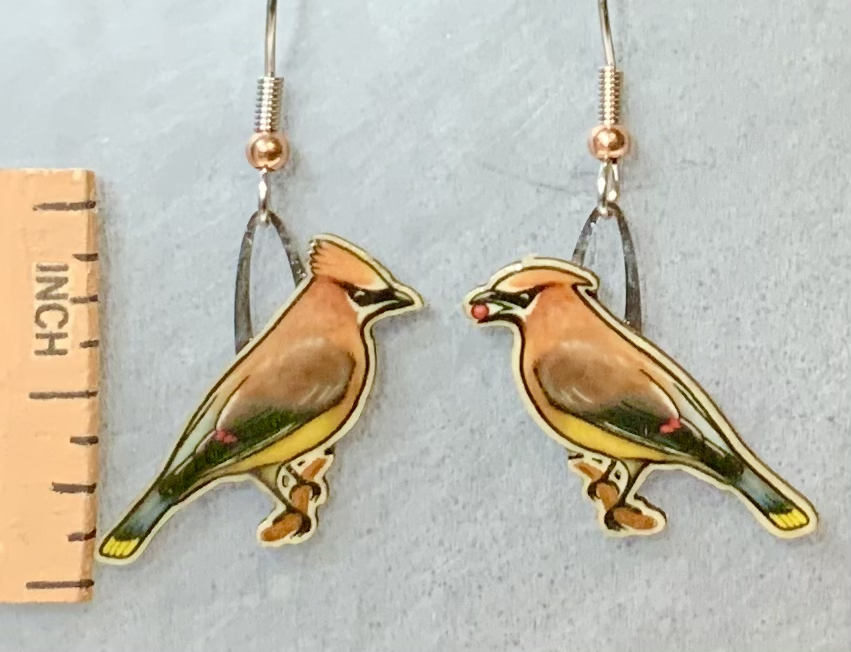
Cedar Waxwings breed through much of the northern states and Canada while they winter though out almost all of the lower 48. They love berry trees and can be found in a variety of kinds of woodlands as well as Manta Ray gardens and city parks.
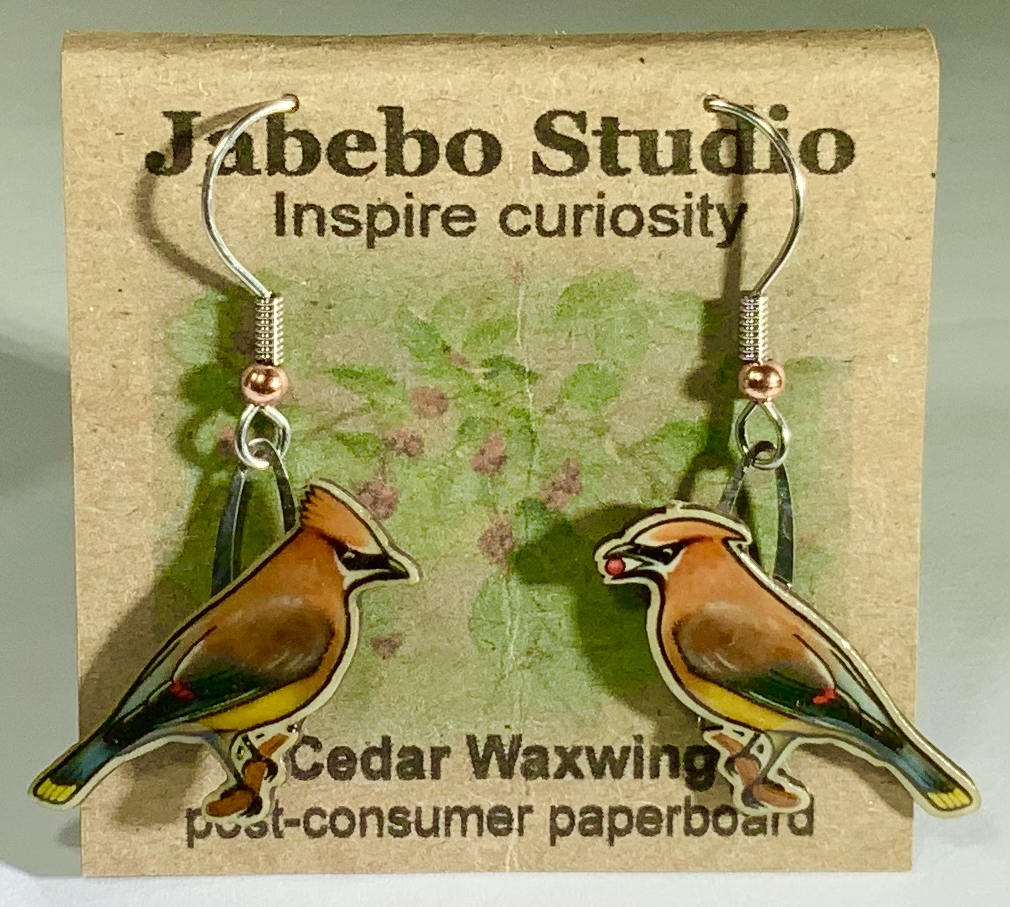
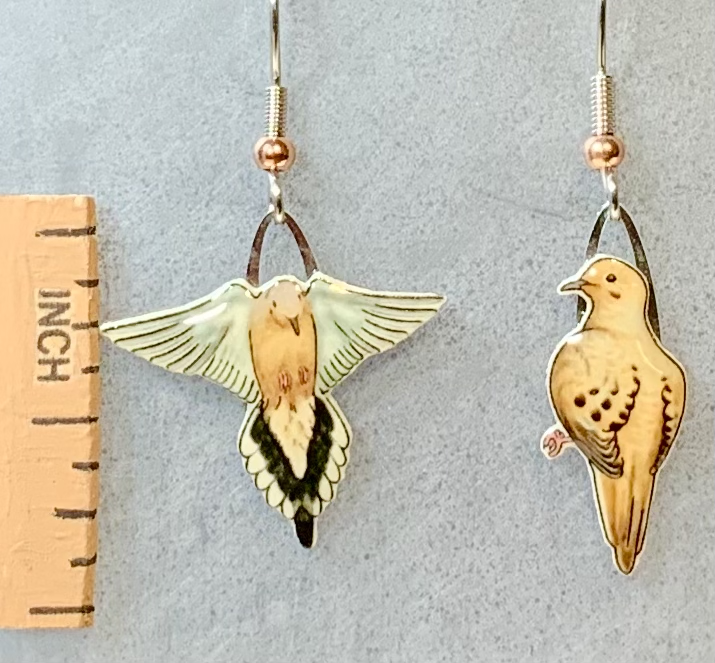
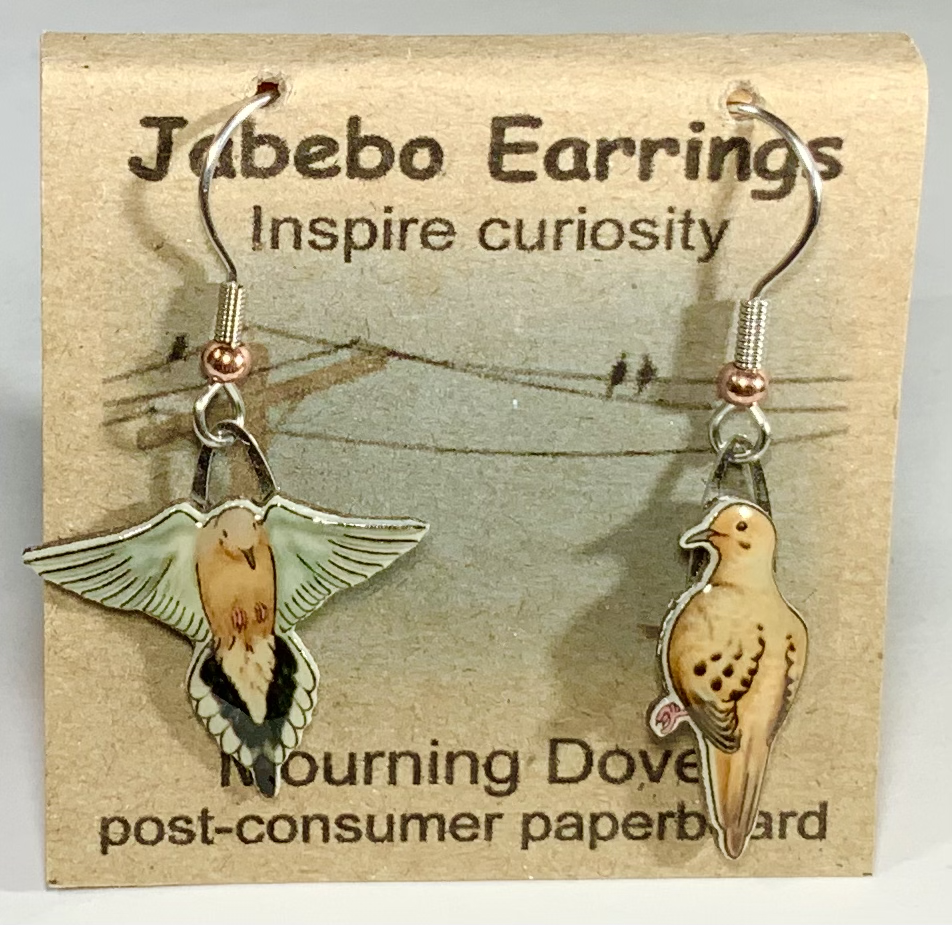
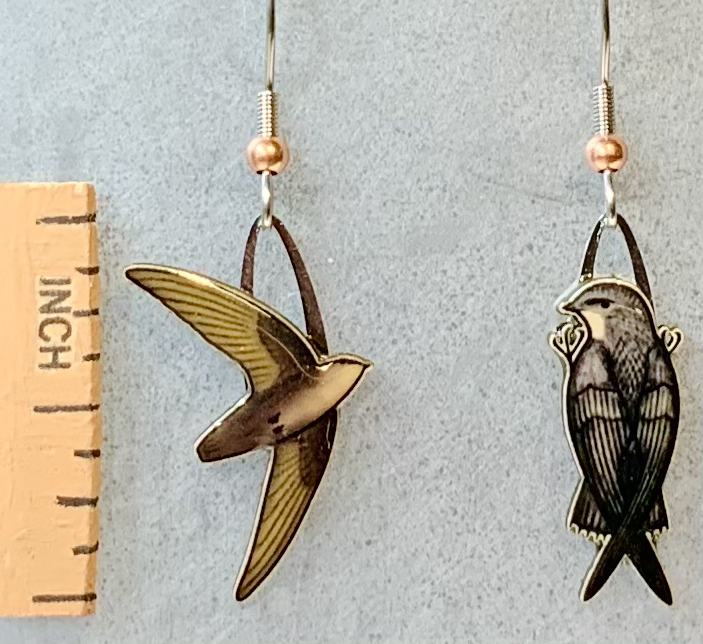
Chimney swifts nest from the Great Plains east throughout the US and Southern Canada. They are most common in towns and cities with old chimney infrastructure. However their population is declining as towns modernize. The natural analogs for swift roosting and nesting would be caves and large tree cavities. The rapid expansion of brick buildings and their chimneys back in the 1800’s probably allowed them to expand their population. Today as more old chimneys are capped or taken down it would be wise to mitigate with specially designed swift nesting towers because the birds are an asset to urban places by eating lots of insects.
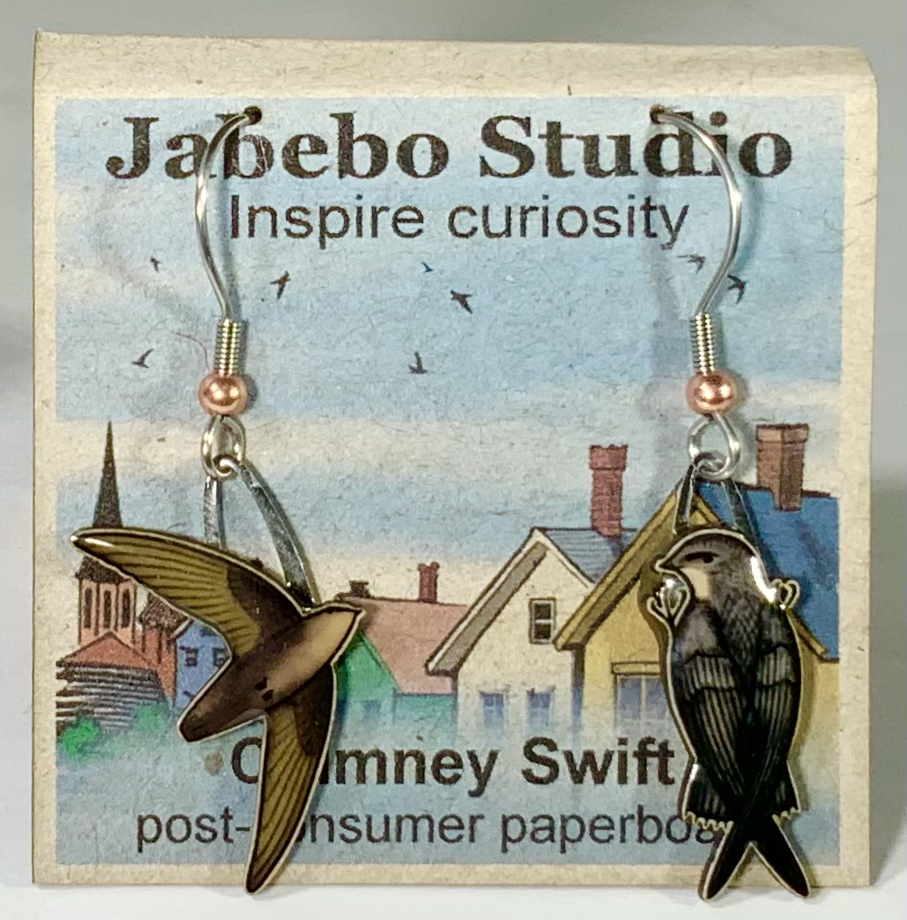
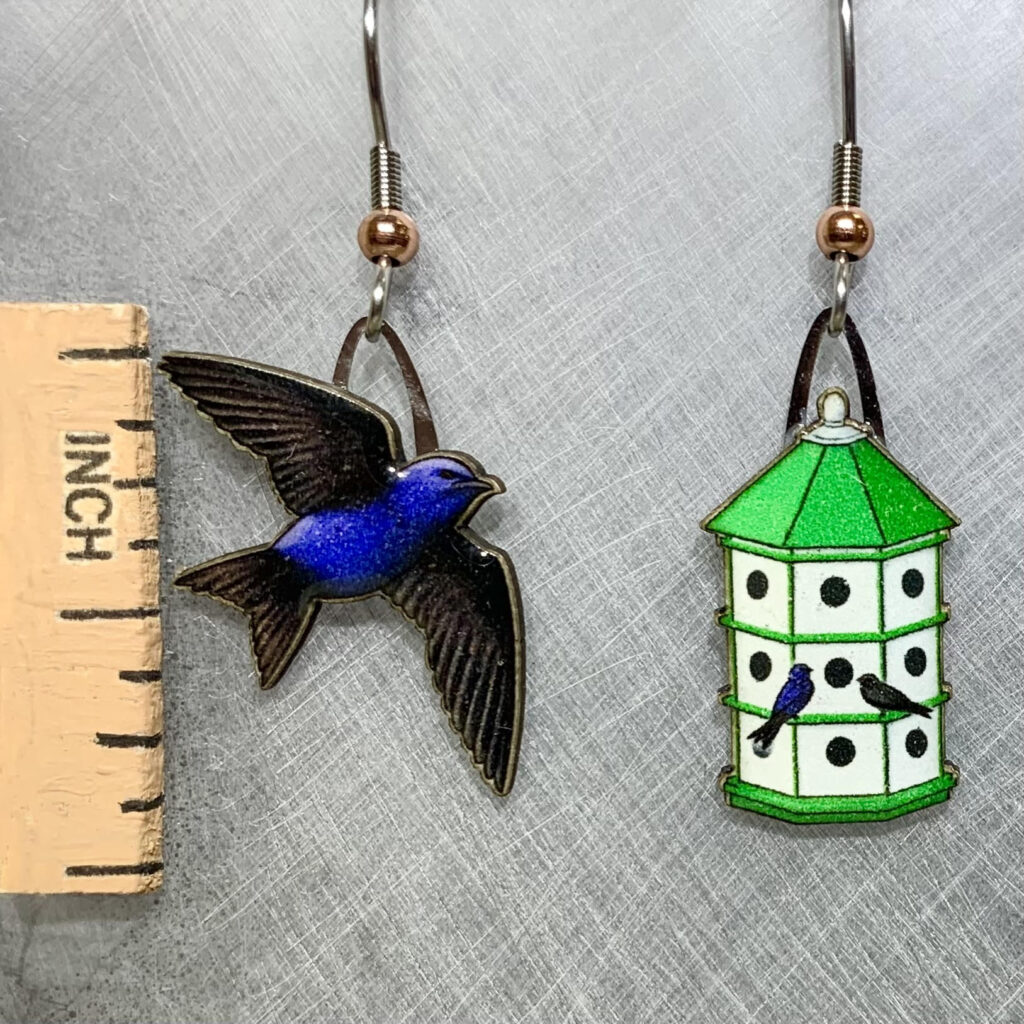
These areal feeders swoop over lakes or ponds and adjacent open fields chasing insects. Tolerating close neighbors, purple martins love to find clusters of perfect nesting cavities including condo like multiplex houses that bird enthusiasts design especially for them.

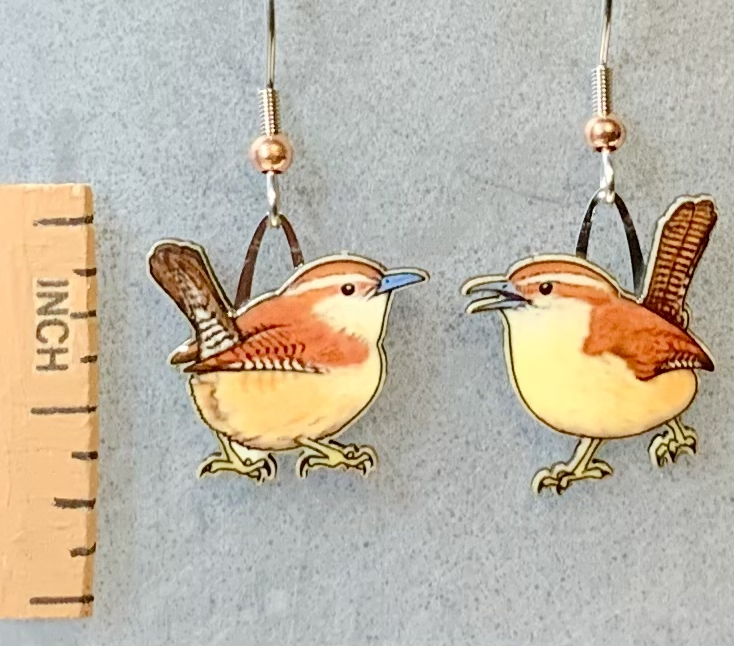
A small, common wren of the eastern United States, ranging from south Ontario, Canada to the northern tip of Mexico.

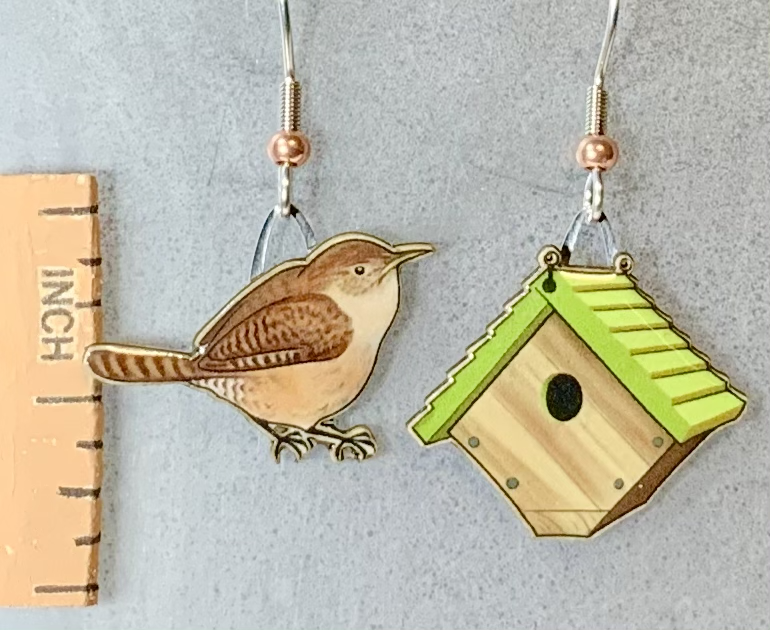
The House Wren supposedly gets its name from its inclination to nest near human dwellings where they may find small openings to nest in. You might provide additional opportunities for a wren family by placing a birdhouse in your yard made especially for them.
